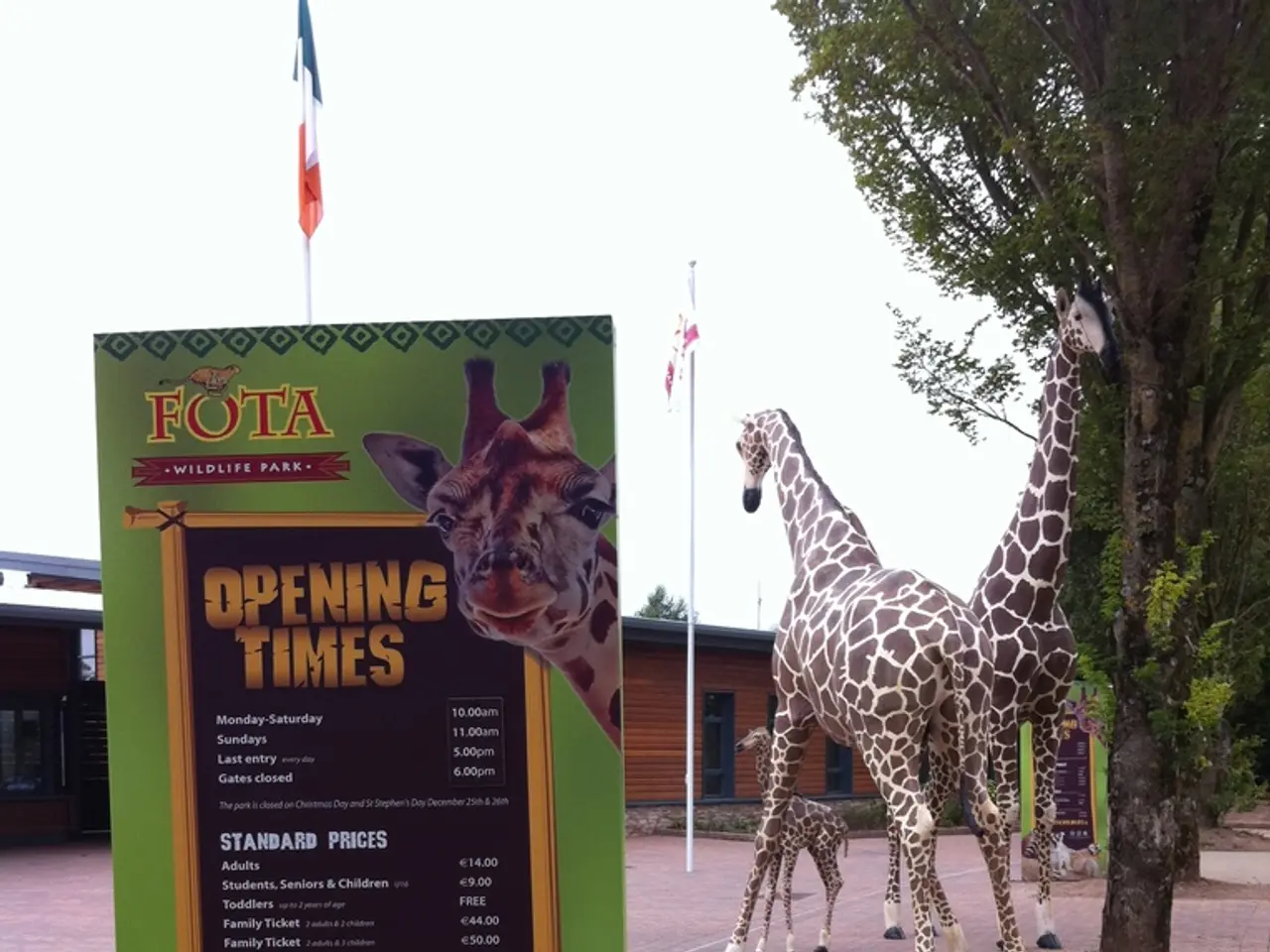Indigenous Communities Preserve Cultural Identity through Personalized AI Programs
In the heart of the Amazon rainforest, Indigenous communities are harnessing AI and technology to protect their lands, traditions, and cultural knowledge. The Inhaã-bé community, for instance, has embraced AI after initial hesitation, recognising its potential to safeguard their wisdom and assert control over their data sovereignty.
One such AI assistant, Tainá, developed by GainForest, a science nonprofit, is helping to preserve information about Indigenous cultures in the Amazon. Tainá's current knowledge base includes traditional wisdom of basketry techniques, botanical and animal knowledge, and oral stories, all of which are crucial for preserving these communities' unique heritage.
The data stored in Tainá is locally, not on the cloud, ensuring the community decides which parts get shared with the world. Users can ask Tainá questions in English, Spanish, Portuguese, Bahasa, and Swahili, making it accessible to a wide audience.
The elderly in the community are connecting more with younger generations by telling their stories to Tainá, creating a trust-building process. This connection is vital for preserving traditional knowledge and passing it down to future generations.
Tainá is just one example of how AI is being used in the Amazon. GainForest has also developed Poli, a sister language model that includes information for public sharing along with several United Nations documents involved in climate negotiations. Poli helps young negotiators from the Global South improve their arguments by translating intricate UN data to native tongues and thinking of local examples to illustrate the impact of certain policies.
The Amazon, a vital player in global climate regulation, has faced numerous challenges, including the worst drought since records began in 1950. The Inhaã-bé community used drone technology to identify a drying tributary of the Negro River and prepare for the drought. GainForest is also developing data collection technology for biodiversity study and conservation with the help of Indigenous communities in the Amazon.
The future of these developments depends on further training and better infrastructure in Indigenous communities, including reliable internet connection, powerful laptops, and programming skills. AI workshops are planned for 2025 to address these needs and pave the way for further technology development.
Indigenous communities are not just defending against exploitation but also leveraging these tools to protect their lands, revitalize traditions, and participate meaningfully in environmental governance and climate resilience efforts. However, it is essential to remember the challenges posed by the AI boom, including unauthorized use of their biological and cultural data and environmental harm caused by data centers reliant on mining critical minerals from indigenous territories.
As these communities continue to embrace AI, it is crucial to ensure they have legal protections to safeguard their lands from deforestation, mining, oil extraction, and agribusiness, which threaten ecological collapse and their way of life. They also seek formal inclusion in climate policy decisions at national and international levels.
In Santa Helena do Inglês, the riverine community is using drone images to train an AI model to determine ripe nuts for harvest and identify nut trees. This innovative use of technology is a testament to the potential of AI in supporting sustainable management of ecosystems and the protection of Indigenous lands.
In conclusion, the strategic engagement of Indigenous Amazonian communities with AI and technology offers significant promise for indigenous-led climate action, language revitalization, and land defense. By asserting control over their cultural knowledge and data sovereignty, these communities are not only preserving their heritage but also contributing to global efforts in climate resilience and environmental conservation.
References: 1. Amazon Watch. (2021). Indigenous leaders call for legal protections to safeguard their lands. Amazon Watch. 2. Indigenous Environmental Network. (2021). Indigenous rights and climate change. Indigenous Environmental Network. 3. The Guardian. (2021). Indigenous peoples are using AI to protect their land and traditions. The Guardian. 4. United Nations Development Programme. (2021). Indigenous peoples and the Amazon rainforest. United Nations Development Programme. 5. World Resources Institute. (2021). Indigenous peoples and AI: A guide to ethical partnerships. World Resources Institute.
- The collaboration between Indigenous communities and the nonprofit, GainForest, has led to the creation of AI assistants like Tainá, which helps preserve art, culture, and traditional knowledge in the Amazon.
- By using AI, such as Poli, Indigenous negotiators can better understand and present climate-related data in their native languages, enabling them to participate more effectively in international discussions.
- The strategic use of technology, including drones and AI, is not only helping Indigenous communities protect their lands but also contributing to global efforts in climate resilience and environmental conservation.




